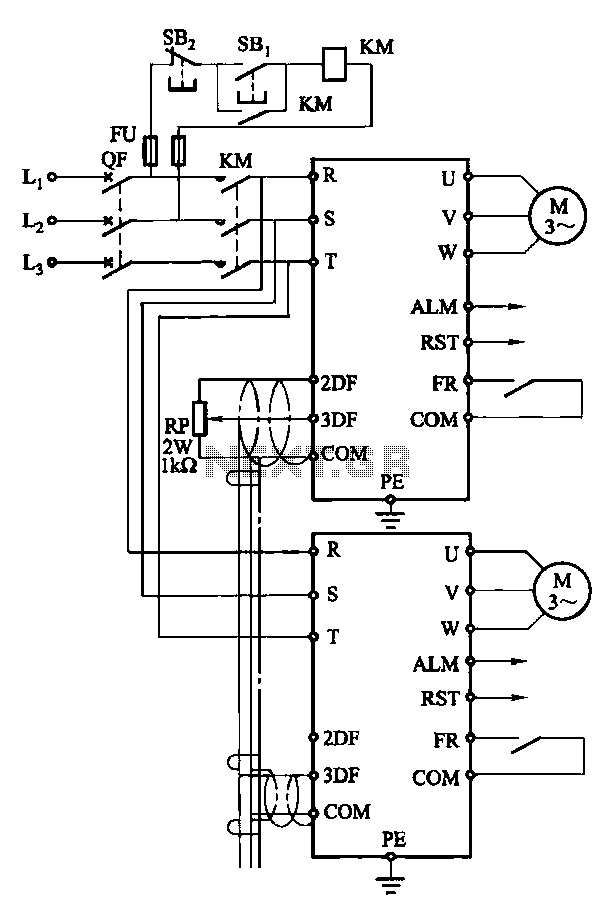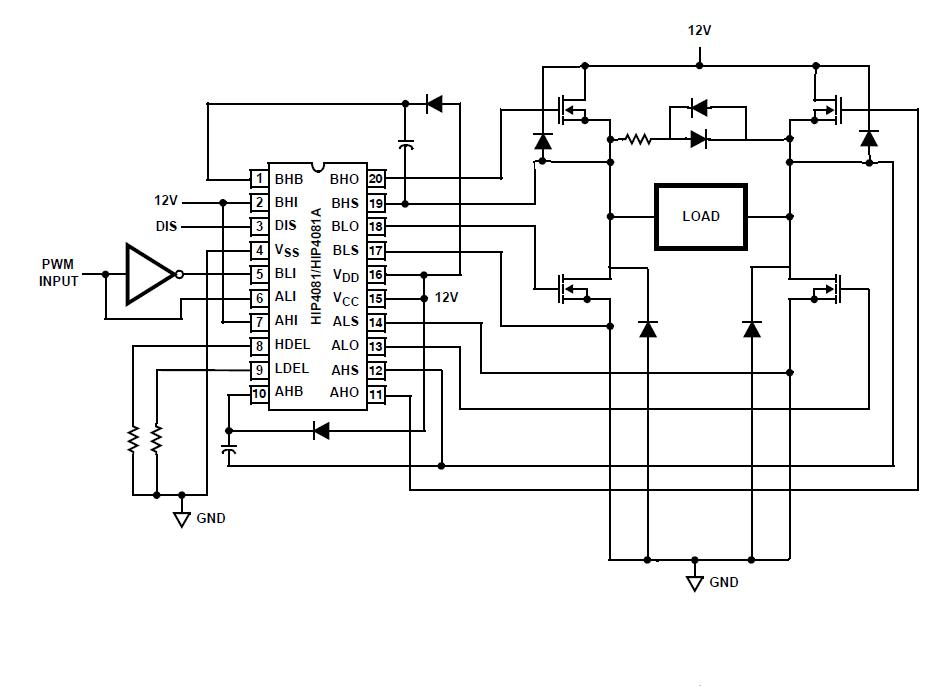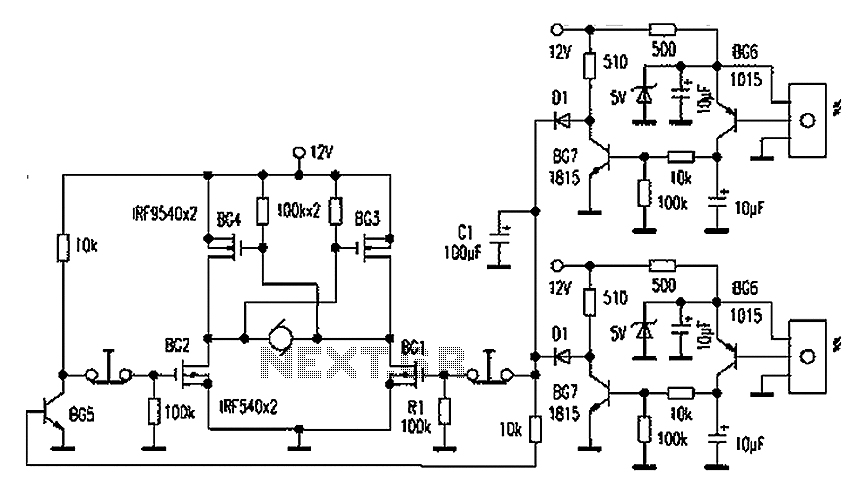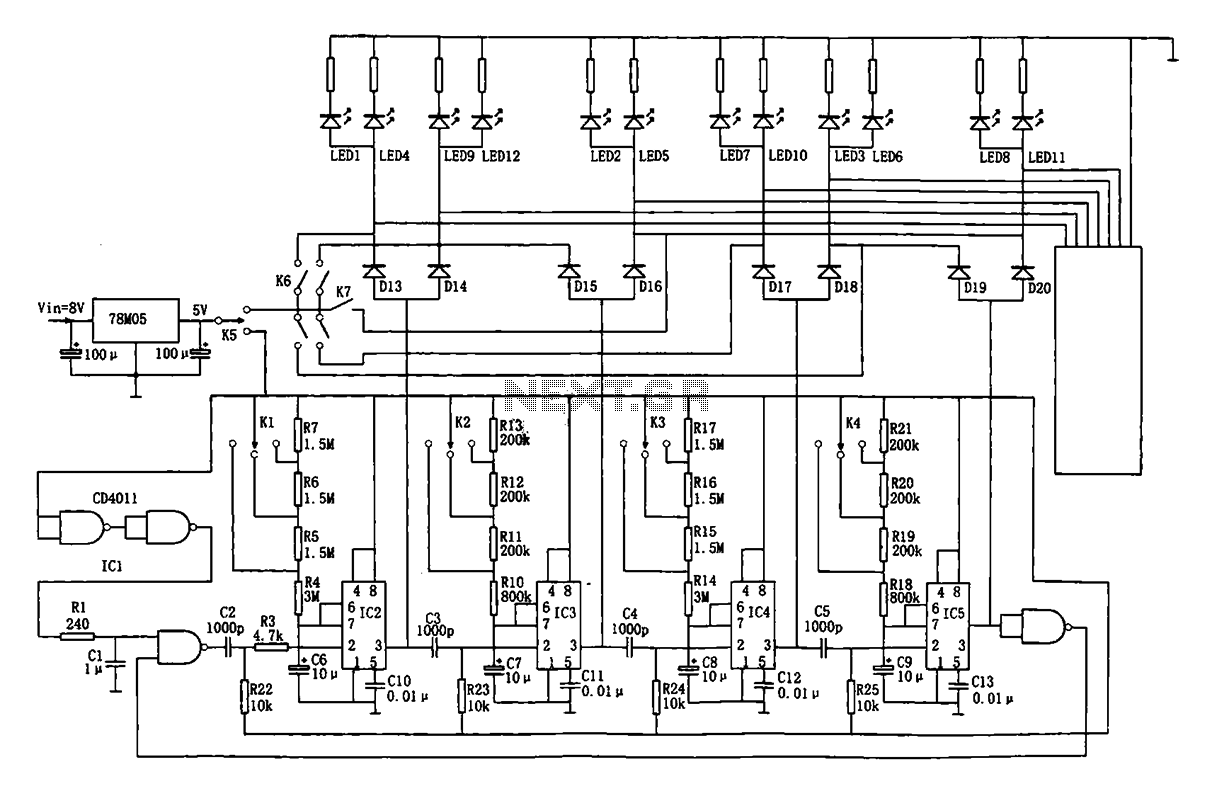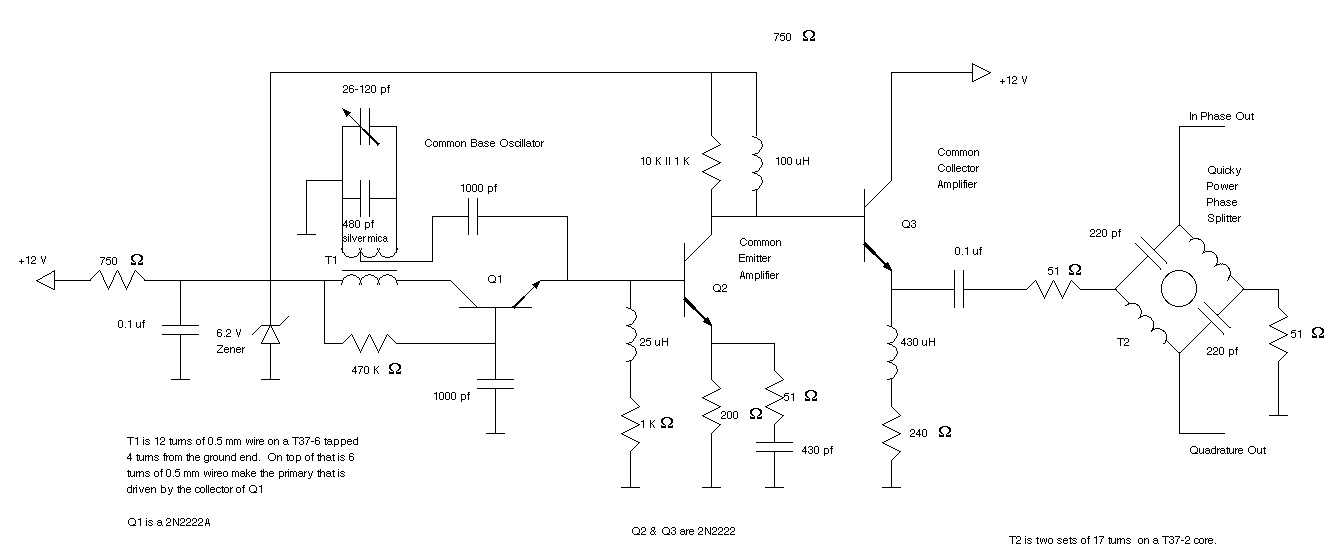
SP10 motor controller
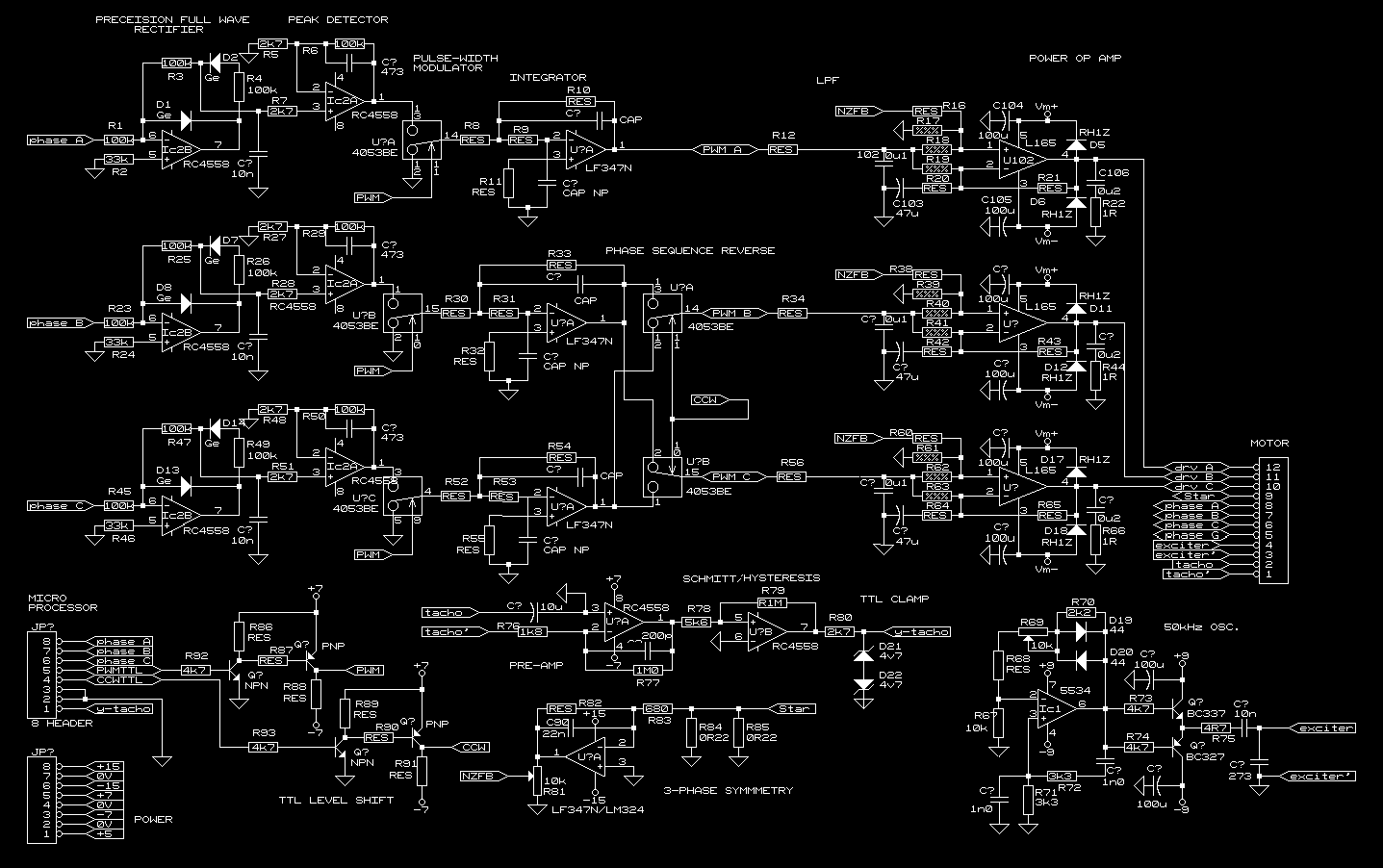
Those who have closely examined the PC-board layout will notice that the design has been modified slightly from the circuit previously posted.
The PC-board layout represents a critical aspect of electronic design, as it dictates the arrangement of components and the routing of electrical connections. The adjustments made to the design may involve alterations in the placement of components, changes to the trace widths, or modifications to the grounding scheme.
In a typical PCB design, careful consideration is given to the signal integrity, thermal management, and electromagnetic interference (EMI) mitigation. The layout should ensure that high-frequency signals are routed with minimal inductance and capacitance, which may require the use of controlled impedance traces. Additionally, components that dissipate significant heat should be positioned to allow for effective thermal dissipation, potentially incorporating heat sinks or thermal vias.
Grounding is another crucial factor; a solid ground plane can help reduce noise and improve overall circuit performance. The choice of materials, such as the substrate type and copper thickness, also plays a vital role in the final performance of the PCB.
The modifications mentioned may reflect an iterative design process, where feedback from testing or simulation leads to enhancements in the layout. These changes can be aimed at improving manufacturability, reducing costs, or enhancing reliability under varying operating conditions.
In conclusion, the refined PCB layout is an essential step towards achieving optimal performance and functionality in electronic circuits, and each modification contributes to the overall effectiveness of the design.Those who`ve scrutinised my PC-board layout very closely, will see that I`ve changed the design slightly from the circuit which I posted a while back. .. 🔗 External reference
The PC-board layout represents a critical aspect of electronic design, as it dictates the arrangement of components and the routing of electrical connections. The adjustments made to the design may involve alterations in the placement of components, changes to the trace widths, or modifications to the grounding scheme.
In a typical PCB design, careful consideration is given to the signal integrity, thermal management, and electromagnetic interference (EMI) mitigation. The layout should ensure that high-frequency signals are routed with minimal inductance and capacitance, which may require the use of controlled impedance traces. Additionally, components that dissipate significant heat should be positioned to allow for effective thermal dissipation, potentially incorporating heat sinks or thermal vias.
Grounding is another crucial factor; a solid ground plane can help reduce noise and improve overall circuit performance. The choice of materials, such as the substrate type and copper thickness, also plays a vital role in the final performance of the PCB.
The modifications mentioned may reflect an iterative design process, where feedback from testing or simulation leads to enhancements in the layout. These changes can be aimed at improving manufacturability, reducing costs, or enhancing reliability under varying operating conditions.
In conclusion, the refined PCB layout is an essential step towards achieving optimal performance and functionality in electronic circuits, and each modification contributes to the overall effectiveness of the design.Those who`ve scrutinised my PC-board layout very closely, will see that I`ve changed the design slightly from the circuit which I posted a while back. .. 🔗 External reference
